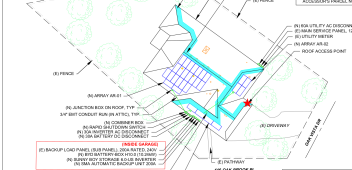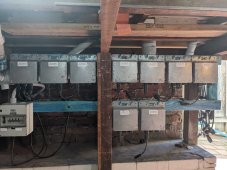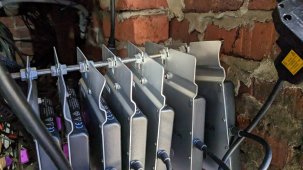agarg
New Member
I have an array of 22 panels. A micro inverter other than enphase typically supports 2 or 4 panels. I am thinking of placing micro inverters on the edge of the array and use long PV cable to connect the micro to the panels deep inside the array. The reason, I am thinking like this is if I need to service any of the micro-inverters, I can just disconnect and pop in a new and power that back up again by restoring grid back to the array. The micro have many many electronic parts that may fail where as panels have just a few diodes. So, somehow I expect micro to fail more often than panel.
There is another part of my mind says using shorter cable is not only efficient, its also cleaner and so what if the micros end up being where hands wont reach. And, assuming the micro failure being rare, I can also get the panels lifted out and replaced back after the defective one has been replaced. This is more so as many people say that we never need to change out these micro and they are more likely to go obsolete than fail.
What are the thoughts of you learned folks on this forum.
Much appreciate.
Anil
PS: Illustration of the array attached.
There is another part of my mind says using shorter cable is not only efficient, its also cleaner and so what if the micros end up being where hands wont reach. And, assuming the micro failure being rare, I can also get the panels lifted out and replaced back after the defective one has been replaced. This is more so as many people say that we never need to change out these micro and they are more likely to go obsolete than fail.
What are the thoughts of you learned folks on this forum.
Much appreciate.
Anil
PS: Illustration of the array attached.





